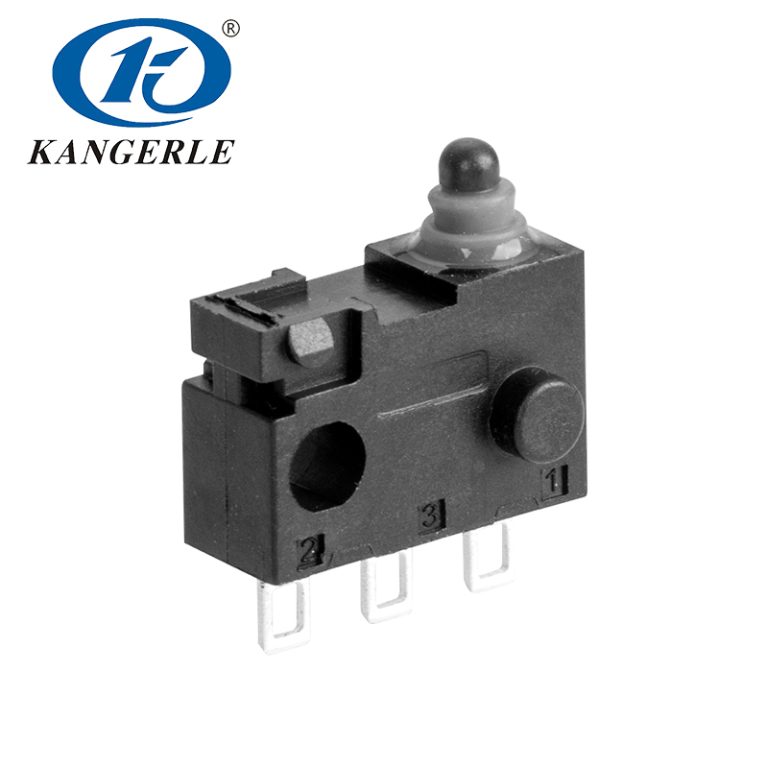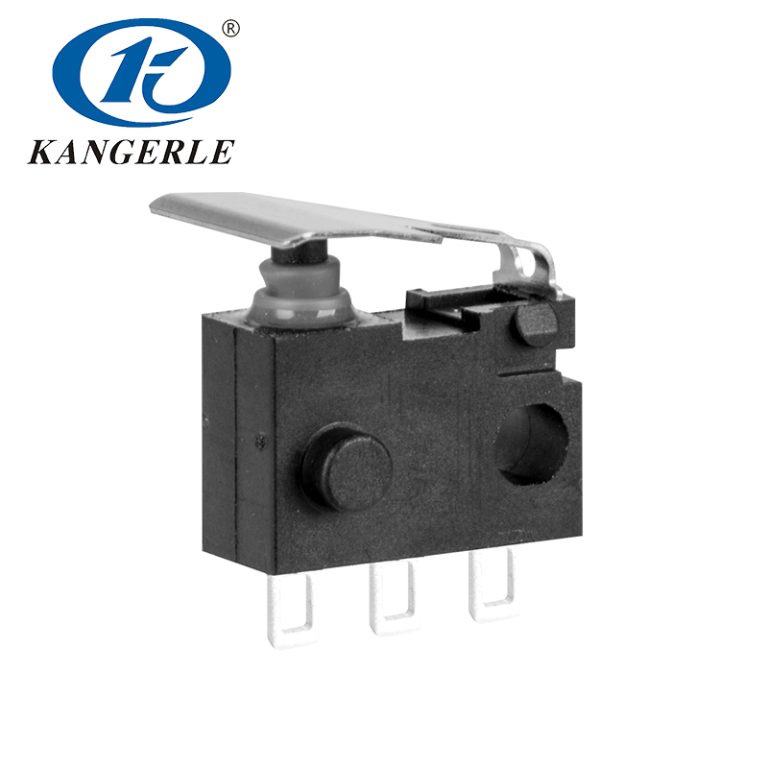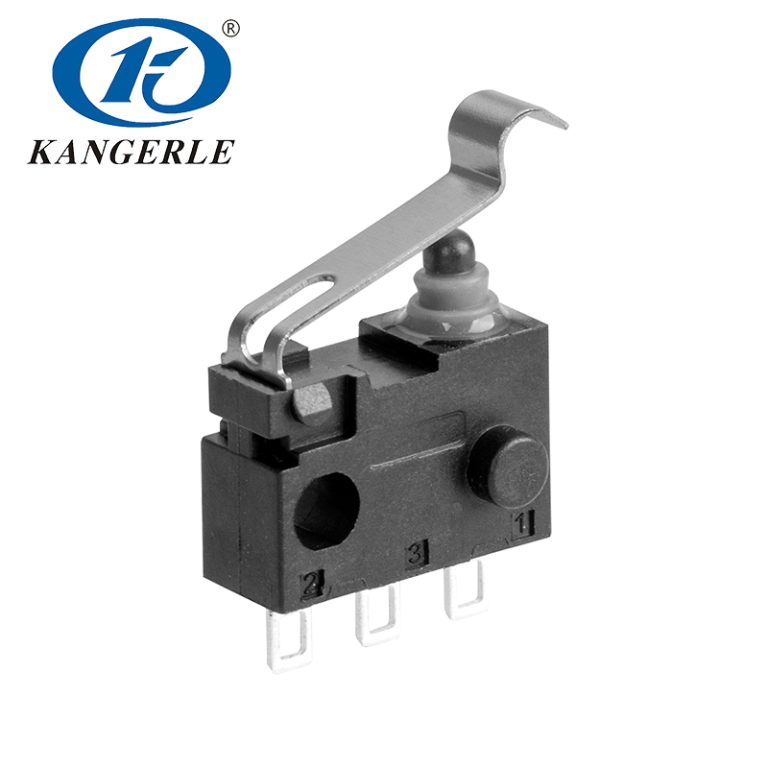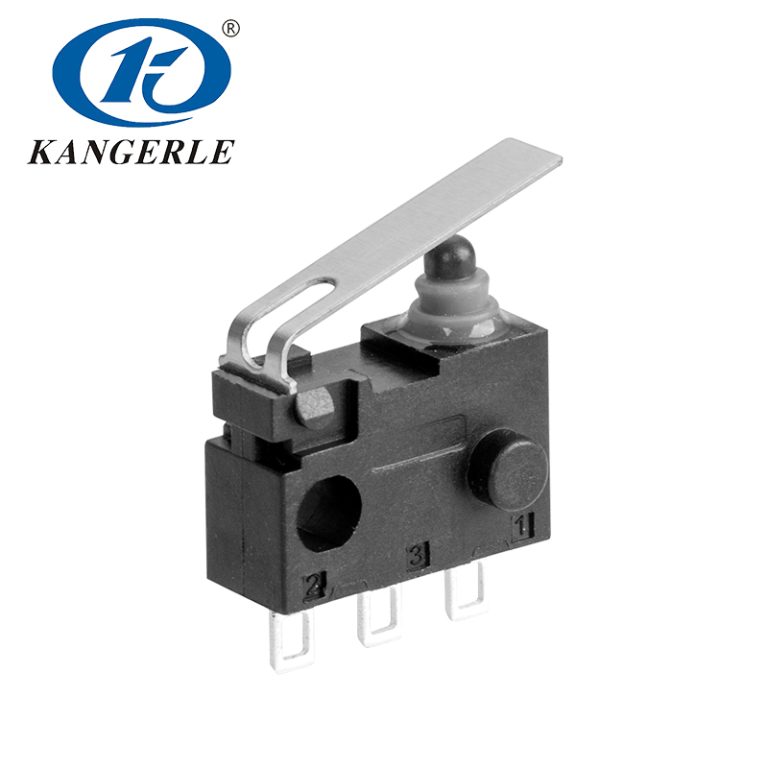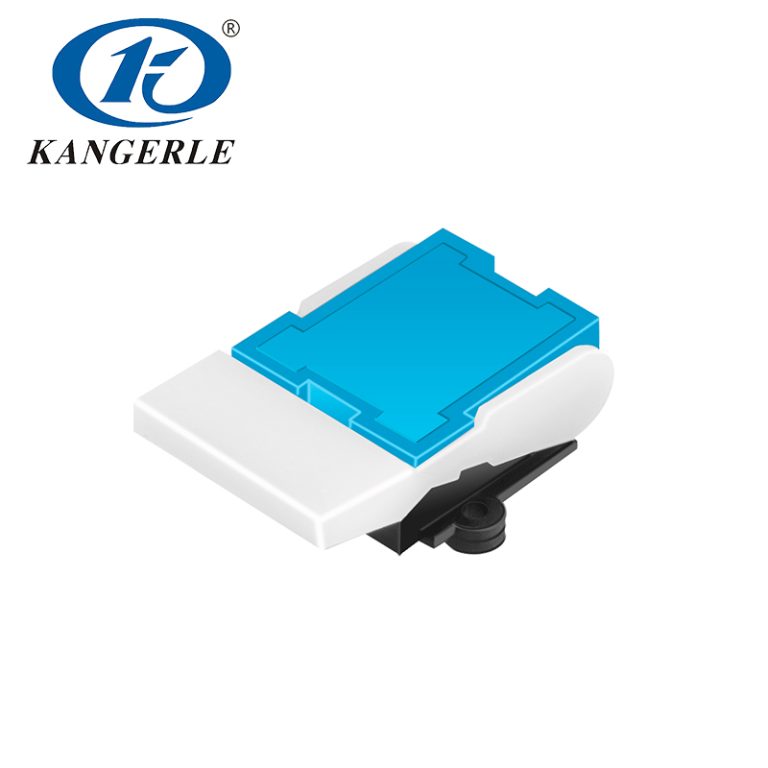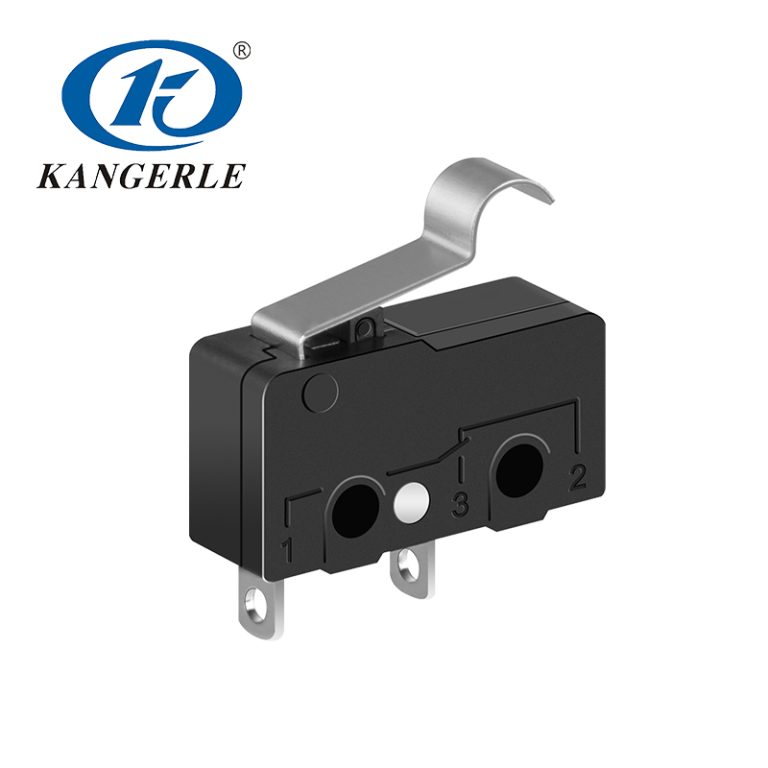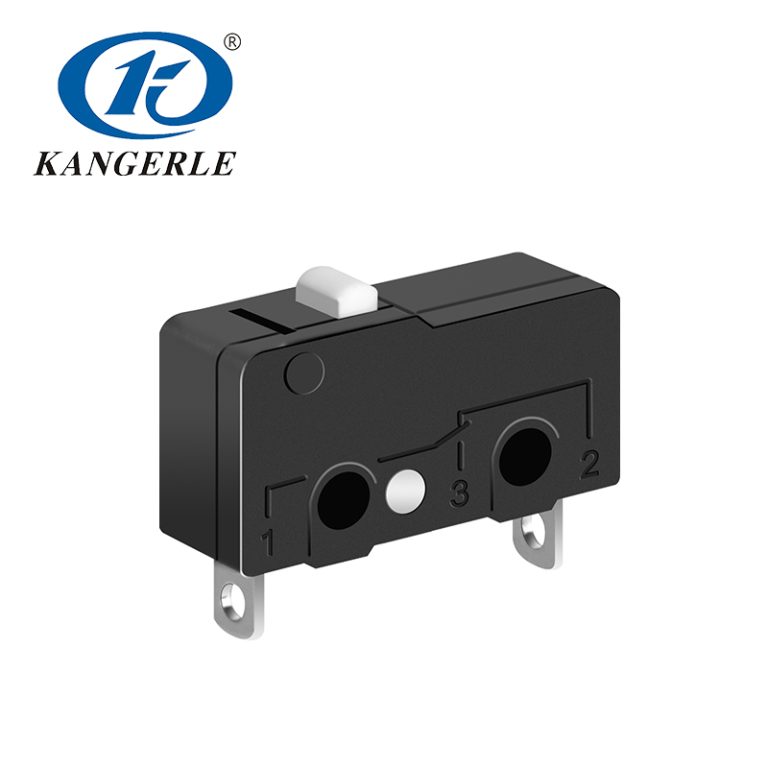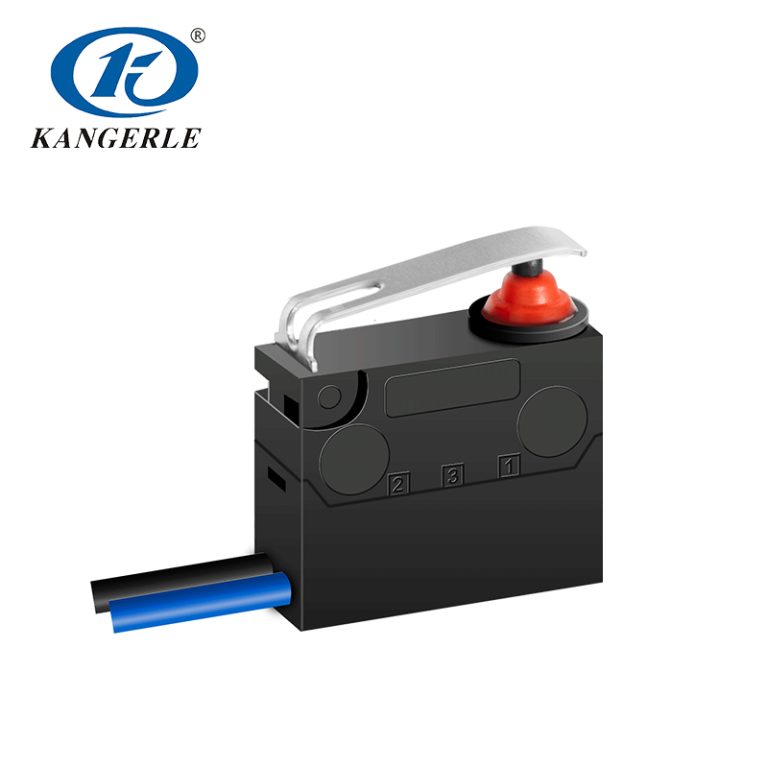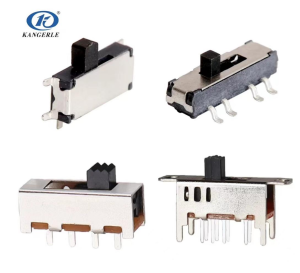In the realm of handheld lighting devices, grasping the elements that render them operational and convenient can significantly improve your experience. One such essential element is the slide switch. A fundamental feature present in numerous torches, the slide switch plays a pivotal role in the device’s user-friendliness, longevity, and energy conservation. This article will delve into the various facets of the slide switch in torches, illuminating its definition, functionality, importance, and tips.
Understanding Slide Switches in Torches
Definition of a Slide Switch
A slide switch is a type of electrical switch operated by sliding a button or lever from one position to another. It typically features contacts that move between two or more conductive paths, completing or breaking an electrical circuit. These switches are designed for simplicity and reliability, making them ideal for various applications, including in everyday gadgets like torches. In the context of a torch, a slide switch is usually positioned on the body of the torch, allowing users to effortlessly control the power state or light intensity.
How a Slide Switch Works in a Torch
In a torch, the slide switch operates by moving a small actuator along a linear path. When the switch is slid to the ‘on’ position, it closes the circuit, allowing electricity to flow from the batteries through to the light bulb or LED, thus illuminating the torch. Conversely, moving the switch to the ‘off’ position opens the circuit, cutting off the electrical flow and turning off the light. Some torches incorporate slide switches that provide multiple settings, such as different brightness levels or strobe functions, by aligning the slide switch with various contact points that correspond to these features.
Importance of the Slide Switch in Torches
Ease of Use
One of the primary advantages of the slide switch in torches is its ease of use. Since the switch is typically large enough to operate with a thumb or finger, it can be easily adjusted even in low-light conditions or while wearing gloves. This straightforward operation is particularly valued in scenarios where immediate illumination is crucial, such as during outdoor activities, emergence, or for professional use by security personnel. The simple sliding mechanism reduces the cognitive load of making adjustments, making it an intuitive choice for users of all ages and abilities.
Enhanced Durability and Reliability
A key feature of the slide switch is its durability and high reliability. Unlike other types of switches which may have more complex mechanical parts or electronics that can fail, the slide switch’s simplicity ensures it remains functional over extended periods of use. In a torch, this reliability is essential, especially in demanding environments where exposure to dust, moisture, or rough handling is common. The switch’s robust design minimizes the likelihood of failure, ensuring the torch is ready to function whenever needed. This reliability is a critical aspect for those who rely on their torches for safety and operational efficiency.
Energy Efficiency
The role of the slide switch also extends to energy efficiency in torches. By providing a reliable means to easily turn the torch off when it’s not in use, it helps conserve battery life, ensuring that the torch is available for longer duration between battery changes or recharges. Additionally, some slide switches are designed to include dimming functions that allow users to select lower light settings, further conserving energy by using less power when full brightness is not necessary. This aspect of energy efficiency is particularly advantageous for long-term use scenarios and helps in extending the overall lifespan of the torch.
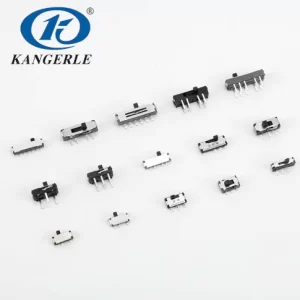
Benefits of Using Slide Switches Over Other Types
Comparison with Push Button Switches
When comparing slide switches to push button switches in torches, each has its unique advantages. However, slide switches often provide a more tactile and secure feeling when switching between modes or states. Push button switches might offer quicker action but can sometimes be accidentally activated, resulting in unwanted battery drain or operational disruptions. On the other hand, the mechanical movement required to operate a slide switch generally prevents inadvertent actuation, increasing the torch’s reliability. Furthermore, the linear motion in slide switches can accommodate multiple switch positions more intuitively than a single push button, facilitating better control over the torch’s functionalities.
Comparison with Rotary Switches
Rotary switches are another alternative commonly found in some torch designs. These switches are operated by twisting a dial to achieve the desired setting. While rotary switches offer an excellent range of adjustments and settings, they often require both hands for operation or significant dexterity, which can be less convenient under certain conditions, like when only one hand is free or during rapid, single-handed usage. In contrast, a slide switch, with its straightforward and quick slide action, can be more user-friendly and accessible. Additionally, slide switches generally hold up better to dirt and grime since they have fewer open seams and moving parts exposed to the environment, thus ensuring consistent performance in various conditions.
In conclusion, the slide switch is an integral component in the efficient and reliable operation of a torch. Its simplicity, durability, and energy efficiency make it a preferred choice over other switch types for many users. Whether you are an outdoor enthusiast, a professional relying on dependable equipment, or someone who values convenience and durability in everyday tools, understanding the benefits of slide switches can help you make informed choices when selecting your next torch.
Common Issues with Slide Switches in Torches
Wear and Tear Over Time
Despite the various advantages of the slide switch, one must be aware of potential issues that can arise through prolonged use. Over time, mechanical parts within the slide switch can experience wear and tear. This deterioration might manifest as a weakening of the components that maintain the switch’s place in a particular position, leading to intermittent connections or the switch slipping out of place. Such issues can result in the torch failing to maintain a steady light or turning off inadvertently. The frequent moving back and forth action can also degrade the electrical contacts, causing irregular connectivity and affecting the overall performance of the torch.
Dust and Debris Interference
Another common issue that can compromise the functionality of the slide switch in a torch is the accumulation of dust and debris. Since these switches usually have moving parts with small gaps, tiny particles can easily infiltrate the mechanism, leading to friction and obstruction. This contamination can make the switch feel gritty or cause it to stick, making it difficult to operate smoothly. In severe cases, the build-up can prevent the switch from making the necessary electrical contact, rendering the torch inoperative. Regular exposure to harsh environments, such as outdoor use or industrial settings, can exacerbate these issues. Keeping the switch clean and free from particles is crucial to ensure consistent performance.
Tips for Maintenance and Care of Slide Switches
Regular Cleaning Procedures
Removing Dust and Debris
Maintaining the slide switch in a torch involves regular cleaning to ensure longevity and optimal performance. Begin by turning off the torch and removing the batteries to avoid any electrical hazards. Use a can of compressed air to blow out dust and debris from around the switch area. For more stubborn grime, a soft-bristled brush can help dislodge particles without causing damage. If necessary, a small amount of isopropyl alcohol applied on a cotton swab can be used to gently clean the contacts. Be cautious not to over-saturate the switch, as excessive liquid can seep inside and potentially cause damage. Regularly performing these cleaning steps can help maintain the functionality of the slide switch and enhance the lifespan of the torch.
Checking for Damage or Wear
Regular inspections for damage or wear on the slide switch are equally important. Begin by visually examining the switch for any signs of physical damage, such as cracks or dents, which could affect its operation. Gently toggle the switch back and forth to ensure it moves smoothly and snaps into place securely. If you notice any looseness or the switch feels excessively stiff, it could indicate internal wear or the need for lubrication. Using a small amount of electrical contact lubricant can help improve the switch’s movement. Additionally, inspect the switch’s contacts for any corrosion or grime that can impede electrical conductivity. Addressing these maintenance checks can prevent minor issues from escalating into major problems, ensuring the torch remains reliable.
Proper Storage Tips for Longevity
Storing your torch properly can significantly enhance the longevity of the slide switch. When not in use, keep the torch in a dry, cool environment to prevent moisture accumulation, which can lead to oxidation and corrosion of the switch components. Avoid storing the torch in places with extreme temperatures, as heat can degrade plastic and rubber elements, while freezing conditions can cause materials to become brittle. Using a protective case can also shield the torch from dust, dirt, and impact. Periodically check on stored torches to ensure the slide switch remains functional and free of debris or corrosion. Taking these precautions can contribute to the lasting durability and performance of the torch and its switch, ensuring reliability whenever the torch is needed.
In conclusion, understanding and maintaining the slide switch in a torch is crucial for ensuring long-lasting functionality and reliability. By addressing common issues such as wear and tear, and dust interference, and implementing regular cleaning and proper storage practices, users can maximize the lifespan and efficiency of their torches. Whether used for outdoor adventures, professional tasks, or emergency preparedness, a well-maintained slide switch ensures the torch is always ready to provide dependable illumination.
ZHEJIANG KANGERLE ELECTRONICS CO. LTD, established in 1993 in Wenzhou City, is a company that specializes in manufacturing detector switches. The company has launched hundreds of different styles of detection switches over the past 30 years. It aims to provide customers with professional switch solutions and one-stop services.
The slide switches in KANGERLE are mainly divided into two types, mini slide switch, and slide switch DIP, which are used to establish different electrical connections. There are different dimensions and structures of slide switches for your selection. Customization could be available. These switches are widely used, mainly for electric fan, power tool, radio, auto parts, camera, toy, security system, communication device, etc. For more details, please click on the official website of KANGERLE.

